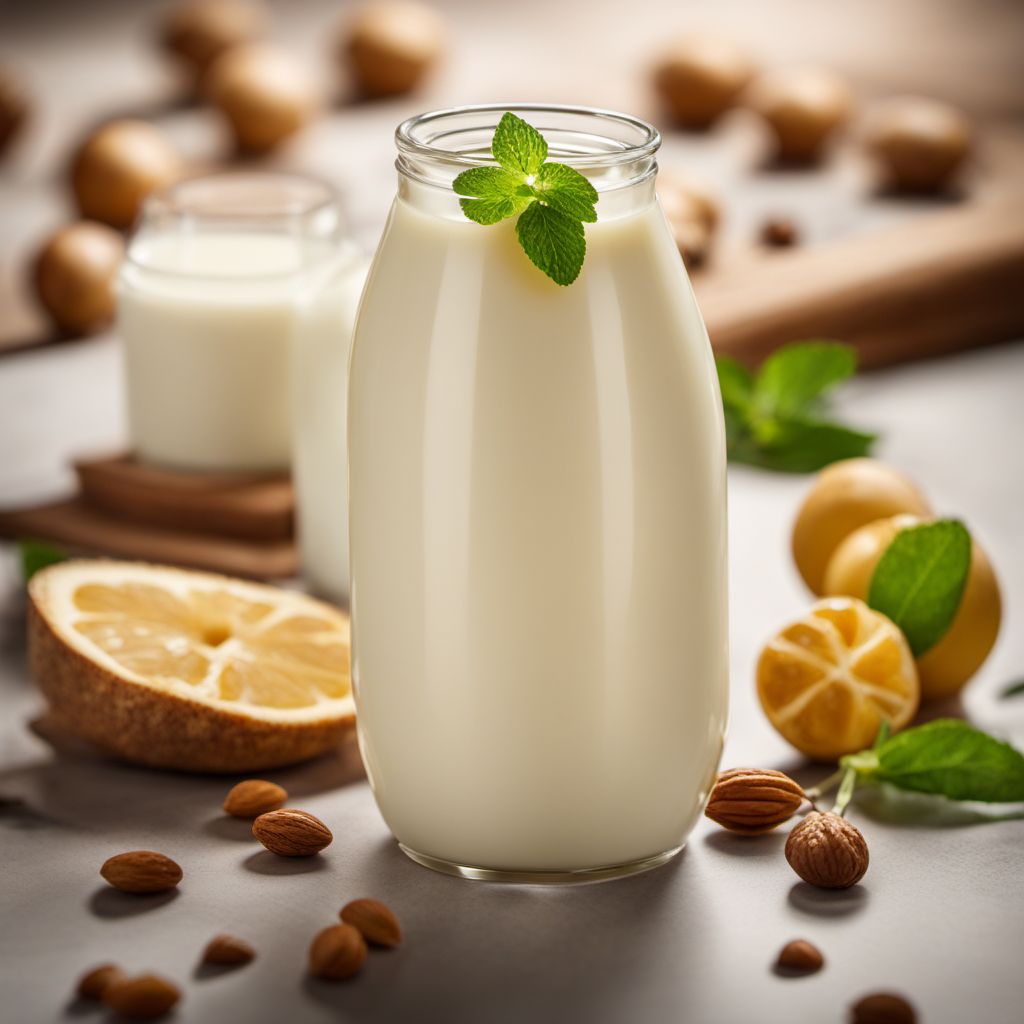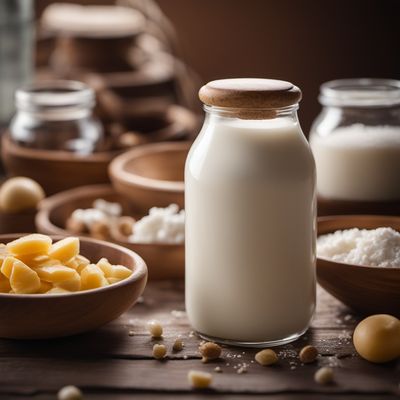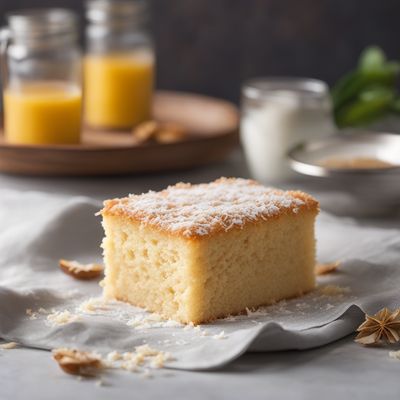
Ingredient
Flavoured traditional sour milk products
Cultured Delights
Flavoured traditional sour milk products, such as yogurt, kefir, or labneh, are cultured dairy products that undergo fermentation, resulting in a tangy and creamy texture. These products can be enjoyed plain or infused with various flavors like fruits, herbs, or spices, offering a wide range of taste experiences. They typically have a smooth and creamy appearance, varying in thickness from pourable to spoonable.
Origins and history
The consumption of sour milk products dates back thousands of years, with different cultures around the world developing their own unique variations. Yogurt, for example, has its origins in ancient Mesopotamia and has been a staple in Middle Eastern, Mediterranean, and Indian cuisines for centuries. These products have been valued for their probiotic properties, long shelf life, and versatility in both sweet and savory dishes.
Nutritional information
Flavoured traditional sour milk products are a rich source of essential nutrients, including protein, calcium, and probiotics. They offer a healthy dose of beneficial bacteria that support gut health and digestion. The nutritional content may vary depending on the specific product and added ingredients.
Allergens
Flavoured traditional sour milk products may contain allergens such as milk, which can trigger lactose intolerance or milk protein allergies in some individuals. It is important to check the ingredient list and opt for lactose-free or dairy-free alternatives if necessary.
How to select
When selecting flavoured traditional sour milk products, look for containers that are properly sealed and refrigerated. Check the expiration date to ensure freshness. Consider the desired thickness and flavor profile, and opt for brands known for their quality and use of natural ingredients.
Storage recommendations
To maintain the freshness and quality of flavoured traditional sour milk products, store them in the refrigerator at temperatures below 40°F (4°C). Keep them tightly sealed to prevent contamination and flavor transfer. Avoid exposing them to strong odors as they can easily absorb unwanted flavors.
How to produce
Producing flavoured traditional sour milk products at home requires specific cultures and fermentation equipment. However, making homemade yogurt or kefir is a rewarding process that allows for customization of flavors and textures. Online resources and starter kits are available for those interested in exploring homemade fermentation.
Preparation tips
Flavoured traditional sour milk products can be enjoyed on their own as a healthy snack or breakfast option. They can also be used as a base for smoothies, salad dressings, marinades, or dips. Incorporate them into baked goods like muffins or cakes for added moisture and tanginess. Experiment with different flavors and combinations to elevate your culinary creations.
Culinary uses
Flavoured traditional sour milk products are widely used in various cuisines around the world. Yogurt, for instance, is a staple in Middle Eastern, Mediterranean, and Indian dishes, often used in savory sauces, marinades, or as a cooling accompaniment to spicy curries. Kefir is popular in Eastern European cuisines and can be enjoyed as a refreshing beverage or used in baking. Labneh, a strained yogurt, is commonly found in Middle Eastern cuisine, served as a dip or spread.
Availability
Flavoured traditional sour milk products are commonly available in supermarkets, grocery stores, and specialty food markets worldwide. They are also produced locally in regions known for their dairy traditions, such as Greece, Turkey, India, and Scandinavia.




